Simply select "affirm" at checkout.
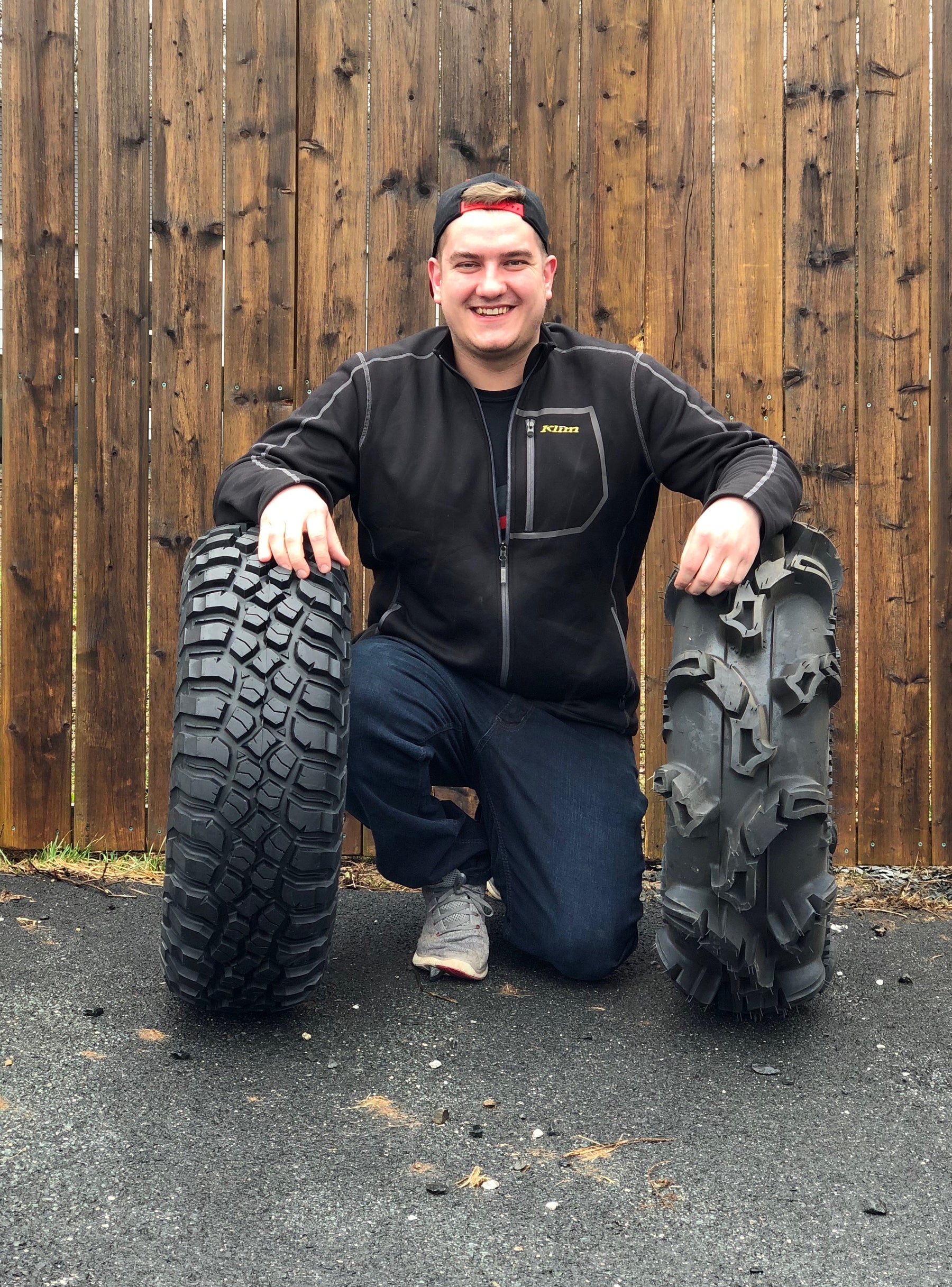
ATV Tire Basics: Bias-ply vs. Radial by HFX Motorsports Fun Expert, Brett Vanderkooi
ATV and UTV tires are consumable items, and at some point or multiple points during your machines life span you will be replacing them. Some riders will change tires as an upgrade to their stock offering. When replacing or upgrading your off road tires there are 2 types of tires available: Bias-ply and Radial. It is important to be honest with yourself about the type of riding you will be doing, the terrain you will encounter and what your machine is designed for when choosing the right type of tire for replacement. Radial and Bias-ply tires offer different characteristics for grip, handling, and tread life. Understanding the advantages and disadvantages of each will help you make an informed decision, and even improve handling and/or overall performance.
What are Radial Tires?
Radial tires are constructed using cords that extend from bead to bead at 90 degree angles to the center of the tire. The ply cords are parallel to each other, and are combined with steel belts to help stabilize the tire and reduce wear.
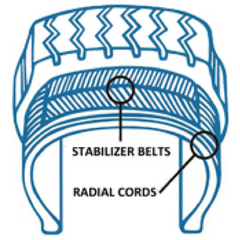
The advantages of this type of tire construction are improved handling, smoother ride, easier steering, lower rolling resistance, improved tread life (almost 50% more in some cases) and slight fuel savings. These tires have seen an increase in popularity with ATV/UTV manufacturers and owners because radial tires offer the smoothest ride and the best handling at high speeds. The biggest disadvantage to radial tires is that they cost more to produce, meaning they also cost more to purchase. Despite being more expensive upfront, they do last longer and this can offset the cost with longer life.
What are Bias-ply Tires?
Bias-ply tires are the oldest type of ATV tire and for many years they were the only option available to consumers. These tires are constructed using ply cords that run diagonally from bead to bead with the next ply being laid over top in the opposite direction. This creates a crisscross pattern of the cords, and it is from this type of tire that we have a ply rating of a ATV/UTV tires. Originally the ply rating was the actual number of plies that were bonded together to construct the carcass of the tire. Today this is not the case, and tires are given a ply rating based on the strength and construction of the tire. New materials used to construct tires are now much better, meaning manufacturers do not need to use as many plies. Most modern 6-ply tires are not actually 6-plies, but are typically either 2 or 3 ply.
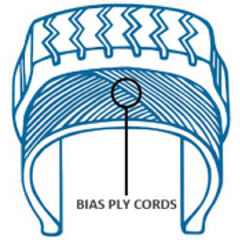
The advantage of a Bias-ply design is that it’s a tire where the tread and side wall share the same ply cords. What this means is that entire tire body of the tire is able to flex for more conformity of the tire to rough terrain, better clean out in mud, and better traction on rocky surfaces. This type of tire offers the best performance in extreme off-road conditions such as rock crawling and deep mud riding. Even though the ability for the tire to flex in rough conditions is considered an advantage, it would also be considered a disadvantage for high speed handling and aggressive trail riders. The flex of these tires causes increased rolling resistance, uneven or premature tread ware, and less control at high speed.
Conclusion:
Bias-ply and Radial tires offer different characteristics that perform better in different kinds of terrain. This is why it is important to consider the conditions you most often encounter, as well as what your machine is designed to do. Your choice of tire can either positively or negatively affect your UTV or ATV’s handling and capability. So if you’re looking for a tire on a budget or something that has good clean out in mud, tough construction, and good traction in the rough stuff then Bias-ply tires will work just great. If you’re an aggressive speed freak, want the best overall handling, the smoothest ride, and longest tread life then you should be looking for a good radial tire. There is no bad type of ATV/UTV tire construction as it all comes down to your application and off road preferences.



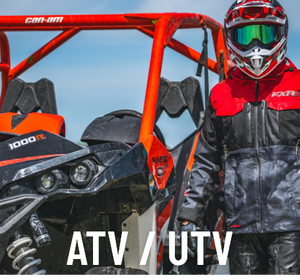

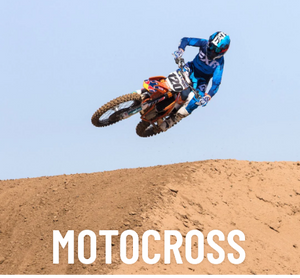











Leave a comment